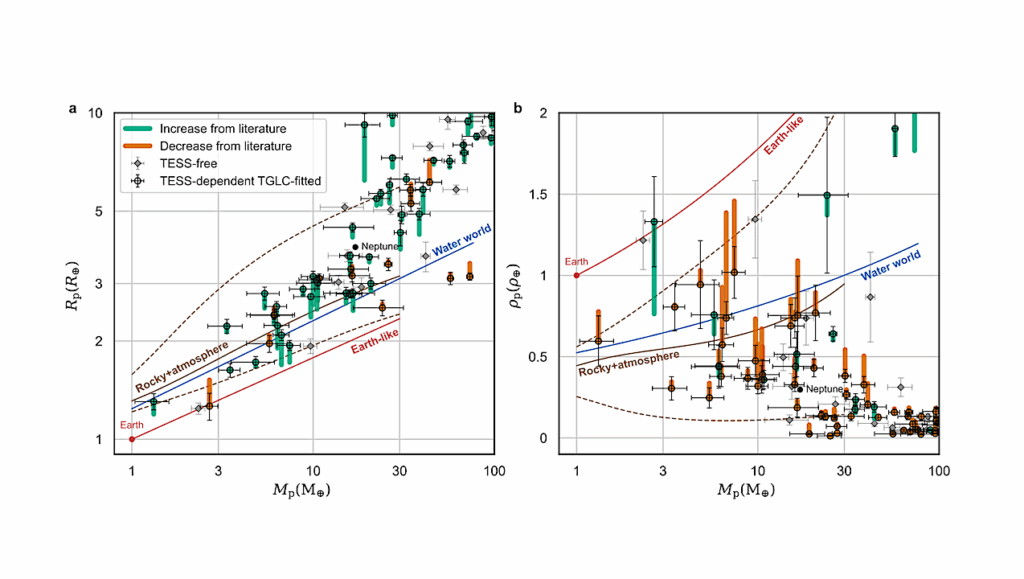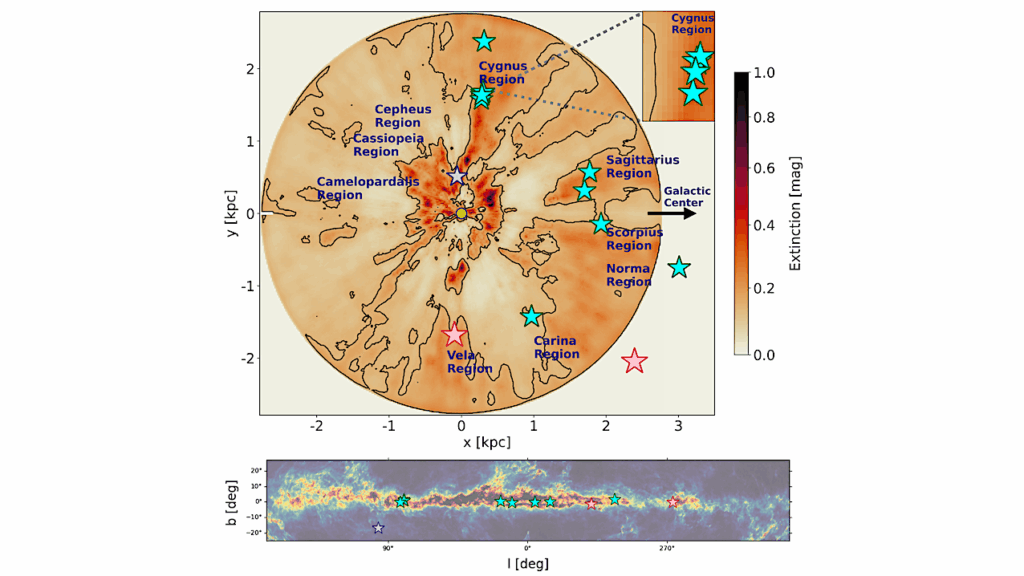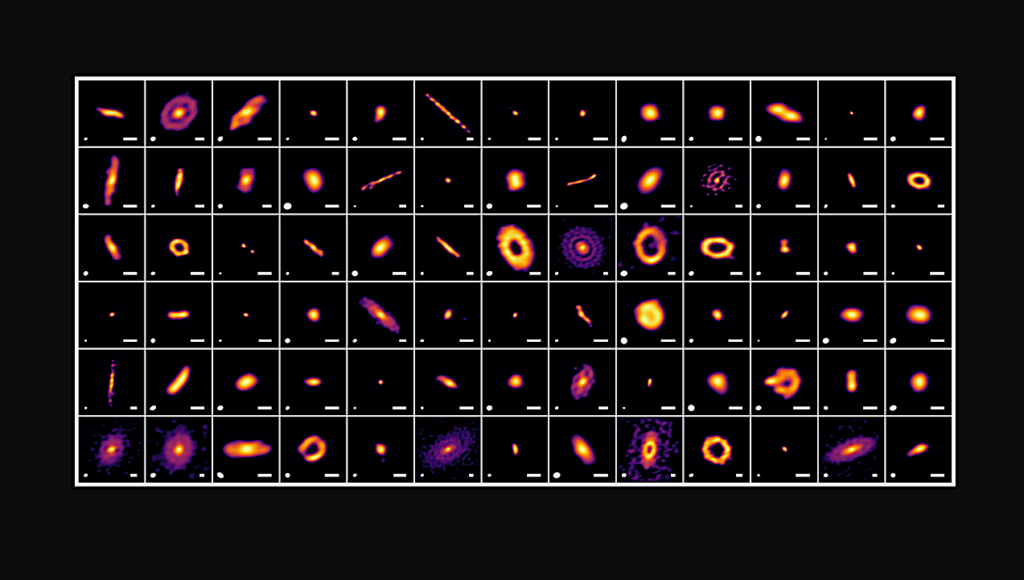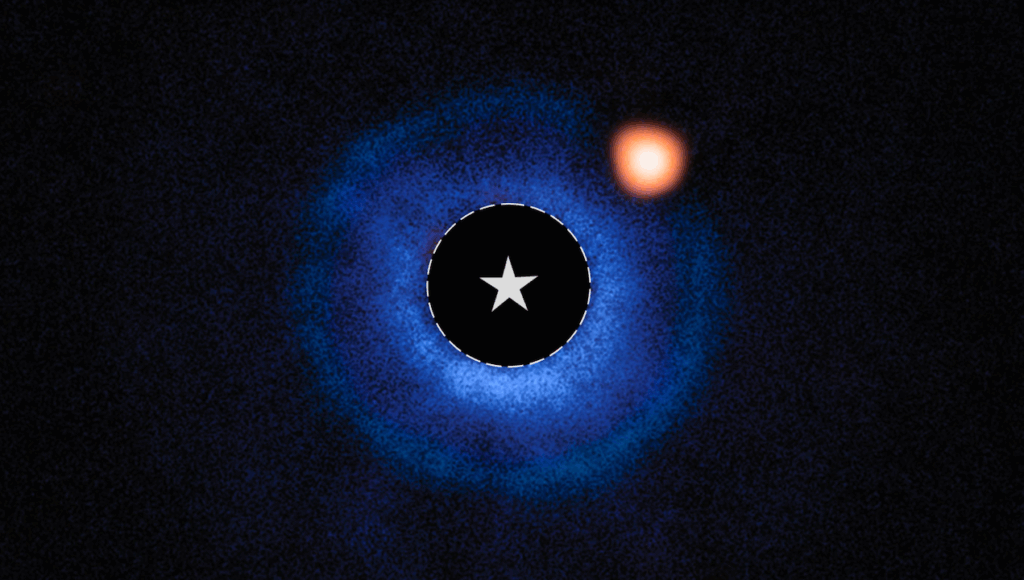Reading Between the Rainbows: Comparative Exoplanet Characterisation through Molecule Agnostic Spectral Clustering

Rocky exoplanets are faint and difficult to observe due to their small size and low brightness compared to their host star. Despite this, the James Webb Space Telescope (JWST) has allowed us new methods and opportunities to study them.
Accurately characterising exoplanet atmospheres could offer insights not only into the planetary demographics of rocky worlds in the universe, but also how our own Earth compares. Previous work simulating the observational spectra of planets with various models of atmospheric composition has constrained conditions under which specific molecules would be observable.
We seek a different approach that does not depend on specific molecular features, but rather on correlating “agnostic” spectral characteristics to each other. This study uses 42 synthetic transit transmission spectra in a range matching that of JWST’s MIRI instrument. Spectra were de-noised, normalised and split into bands for which the enclosed areas were calculated. Using the HDBSCAN clustering algorithm, separation patterns and clusters were found across these bands, which correlated to various a priori planet characteristics, such as relative gas concentration.
Using 0.7 μm bands between 7 and 12 μm, we are able to separate reducing vs. oxic atmospheres and constrain CO2 and O2 mixing ratios accurate to within two orders of magnitude in an unknown sample. Through this, we have demonstrated that it is possible to differentiate and analyse exoplanet atmosphere type from agnostic interrogation of their transit spectra with a method we call “Molecule Agnostic Spectral Clustering”.

a) cell F3 from Figure A1 with symbols/colours from Table 1, b-f) HDBSCAN cluster analysis results (shaded regions), along with H2O, O2, O3, CO2 and N2 mixing ratios presented as colour bars to the right of each subpanel. The magenta cross in panel a and magenta point in panels b-f represents the unknown sample. — astro-ph.EP
Ilyana A. Guez, Mark Claire
Comments: 12 pages, 9 figures
Subjects: Earth and Planetary Astrophysics (astro-ph.EP); Instrumentation and Methods for Astrophysics (astro-ph.IM)
Cite as: arXiv:2410.16986 [astro-ph.EP] (or arXiv:2410.16986v1 [astro-ph.EP] for this version)
https://doi.org/10.48550/arXiv.2410.16986
Focus to learn more
Submission history
From: Ilyana Guez
[v1] Tue, 22 Oct 2024 13:07:02 UTC (1,645 KB)
https://arxiv.org/abs/2410.16986
Astrobiology, Astrochemistry,








